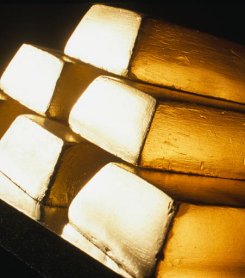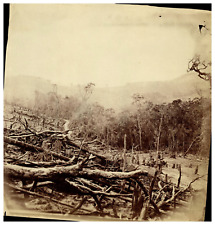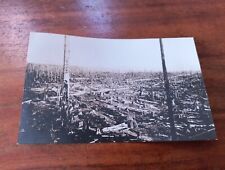
Deforestation around the Amazon River in Peru has increased six-fold in recent years as miners, driven by record gold prices, blast and clear huge tracts of lowland rainforest, according to a Duke University led study.
Published in the journal PLoS ONE, the study used NASA satellite imagery combined with economic analyses of gold prices and mercury imports to document the forces responsible for deforestation in Peru’s Madre de Dios region. It reveals that around 15,200 acres of pristine, biologically diverse forest and wetlands were cleared at two large mining sites between 2003 and 2009, with a dramatic increase in deforestation occurring in the last three years.
Duke geospatial specialist, Jennifer Swenson, says that much of the deforestation has been caused by unregulated, artisanal mining by miners who are often among the poorest and most marginalized members of their society. “These are small-time miners; there is no big ‘Goliath’ mining company to blame,” she explains. The miners have limited knowledge of mining’s environmental or human health effects and rarely have safeguards to limit the release of the mercury they use to process their gold into the air, soil or water.
Most of the gold mined artisanally in Madre de Dios comes from alluvial deposits in the channels and floodplains of Amazon tributaries. Miners blast away river banks and clear floodplain forests to expose potential gold-yielding gravel deposits and use mercury to process the gold ore.
The study acknowledges that it is difficult for Peru’s government to monitor and control all small-scale artisanal mining within its borders, but suggests that another approach may be to be start limiting mercury imports.
Related:
Did human-induced climate change begin thousands of years ago?
Amazon A Desert For Soil Bacteria
Terra Preta Soils to Save the Biosphere
Biodiversity now a public health issue


















Comments are closed.